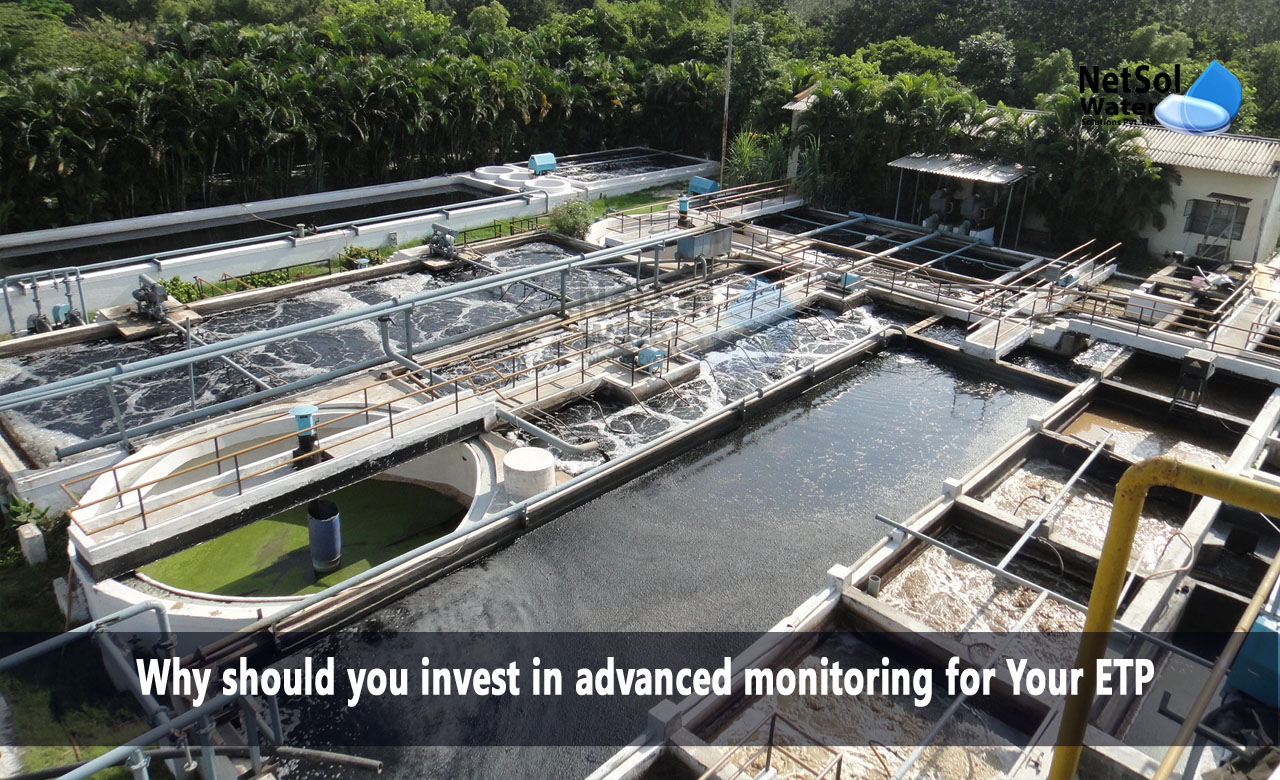Why Should You Invest in Advanced Monitoring for Your ETP?
Effluent treatment plants (ETPs) face increasing regulatory demands to consistently meet quality standards for treated wastewater discharge. However, relying solely on conventional grab sampling provides limited data to optimize operations. Investing in advanced continuous monitoring technologies offers major benefits for improved plant performance, lower costs, reduced risks, and better environmental stewardship.
Real-Time Insight Into Treatment Processes
Continuous online monitoring provides real-time water quality data from multiple points along the effluent treatment train. This creates valuable insights into how each process unit is operating to remove contaminants. Sudden variability or anomalies can be rapidly detected and addressed before overall discharge quality is impacted.
Monitoring key parameters like COD, BOD, TSS, nitrogen, pH, dissolved oxygen, and flow rates helps operators maintainoptimum conditions. Data can also track microbial activity, sludge blanket levels, mixing efficiency, aeration, and other factors that affect performance. This allows fine-tuning and troubleshooting issues for each treatment stage.
Early Warning of Problems
Advanced sensors instantly detect any upset conditions and imminent exceedances of discharge limits, providing an early warning to operators before thresholds are reached. This real-time feedback allows corrective actions to be taken quickly, such as adjusting chemical dosing, modifying sludge return rates, fixing equipment, or temporarily diverting flows.
Averting even a single non-compliance event pays back the monitoring investment in reduced compliance penalties, along with environmental benefits. Continuous monitoring with instant alerts enables a truly proactive approach.
Lower Compliance Testing Costs
Regulations require frequent manual sampling and laboratory analysis to verify permit compliance, which is expensive and time-consuming. Advanced monitoring provides reliable real-time data to demonstrate compliance and significantly reduces the need for grab sampling. This achieves major cost savings on laboratory testing over the long term.
Optimized Chemical Use
Continuous data on water quality enables precise dosing of treatment chemicals and coagulants to match real requirements. This avoids overdosing “just to be safe” as with intermittent grab samples. Optimizing chemical use lowers operating costs and reduces sludge volumes.
Informed Operational Decisions
Data analytics tools can track overall plant performance metrics and trends over time. This helps guide operational decisions on issues like asset maintenance, process adjustments, staffing needs, capital upgrades, and training. The insights support data-driven investments to sustain compliance and improve reliability.
Enhanced Process Control
Connecting monitoring systems to automated valves, pumps, and control units enables real-time process optimization and control. The ETP can self-adjust parameters to maximize treatment performance and efficiency. Modern AI capabilities even allow predictive, self-learning optimizations.
Increased Operational Efficiency
Continuous data and automated process controls minimize manual tasks, operator labor needs, and repetitive testing. This results in significant labor cost savings and enables staff time to be redirected from sampling to more value-added tasks.
Lower Energy Use
Performance insights allow optimizing the energy usage of pumps, blowers, and other equipment to avoid overuse or inefficient operation. This provides energy and cost savings.
Reduced Equipment Failures
Performance declines or imminent failures of pumps, mixers, screens, and other assets can be spotted early from monitoring anomalies. This allows preventive maintenance before breakdowns occur, minimizing downtime and maintenance expenses. It also helps avoid replacement costs from run-to-failure failures.
Enhanced Safety and Compliance
Monitoring provides accountability and rigorous documentation of compliance, reducing liability risks. Automation of hazardous sampling tasks also improves worker safety. Video monitoring of tanks and screened areas further reduces risks.
Better Environmental Performance
Continuous improvement of treatment processes and minimizing non-compliances through monitoring leads to enhanced effluent quality and reduced environmental impacts. This supports sustainability goals and community responsibility.
Conclusion
In summary, advanced monitoring is a high-return investment that pays back through lower costs, minimized risks, increased efficiency, and improved effluent quality. The market offers diverse sensor options for key water quality indicators, data transmission systems, and analytics software to fit site needs. As technology advances, sensors and predictive tools will continue getting better and more cost effective. The insights produced help ETPs meet today’s challenges while positioning for the future.



